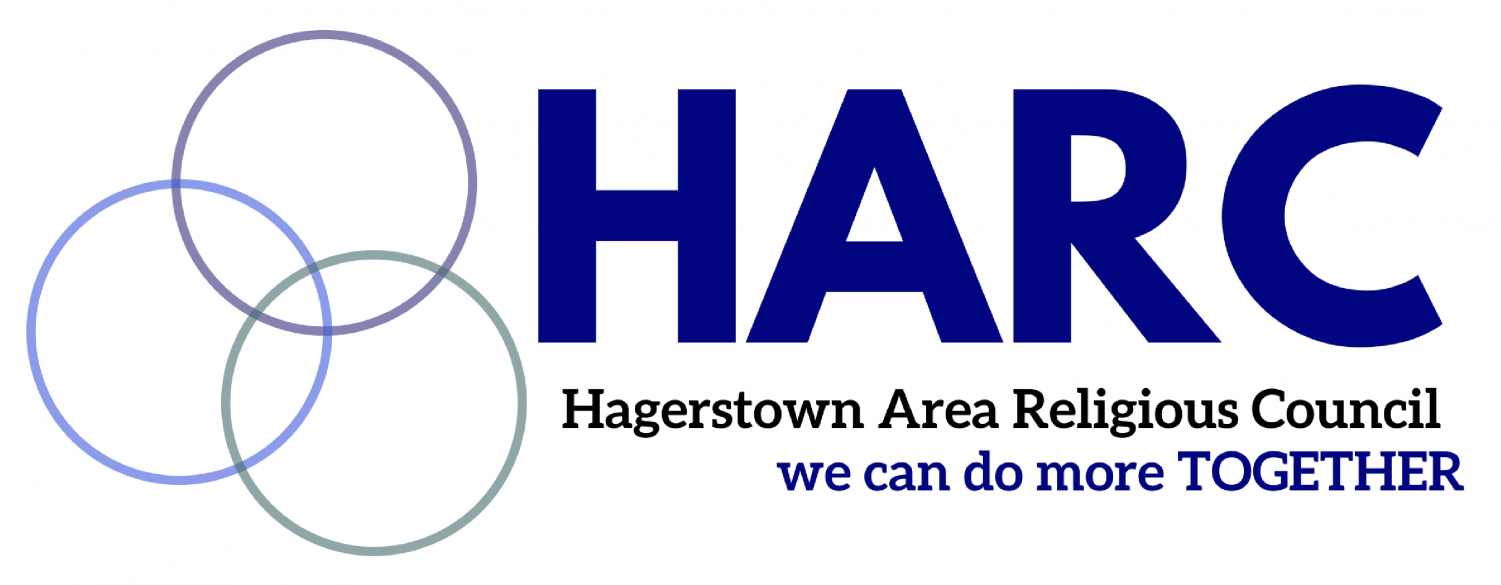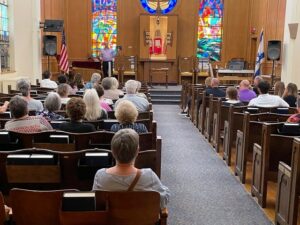The Doleman Black Heritage Museum(DBHM) announced donations of 13 dedication windows from Second Christian Church and the 3-minute Car Wash sign from Zion Baptist Church in September. The 13 dedication windows from Second Christian Church tell the stories of dedicated members of their church from its beginnings over a century ago. The window restoration is entrusted to Glass Works of Hagerstown, MD. The 3-minute Car Wash sign is from a business that employed many residents of Jonathan Street and serviced the City of Hagerstown and Washington County.
These artifacts donated and entrusted to DBHM will enhance the museum’s exhibits of the people, businesses, culture, and heritage of the Jonathan Street neighborhood.
DBHM is grateful for these donations and thanks Second Christian Church and Zion Baptist Church entrusting the museum with these precious artifacts. We cannot wait to see how they will be exhibited in our new home.

 To commemorate 9-11 and celebrate the International Day of Peace, the Hagerstown Area Religious Council (HARC) held an Interfaith Progressive Dinner on Sunday, September 11. With the theme “From Lament to Hope,” the dinner was held at four different houses of worship, with each providing a brief program.
To commemorate 9-11 and celebrate the International Day of Peace, the Hagerstown Area Religious Council (HARC) held an Interfaith Progressive Dinner on Sunday, September 11. With the theme “From Lament to Hope,” the dinner was held at four different houses of worship, with each providing a brief program.

